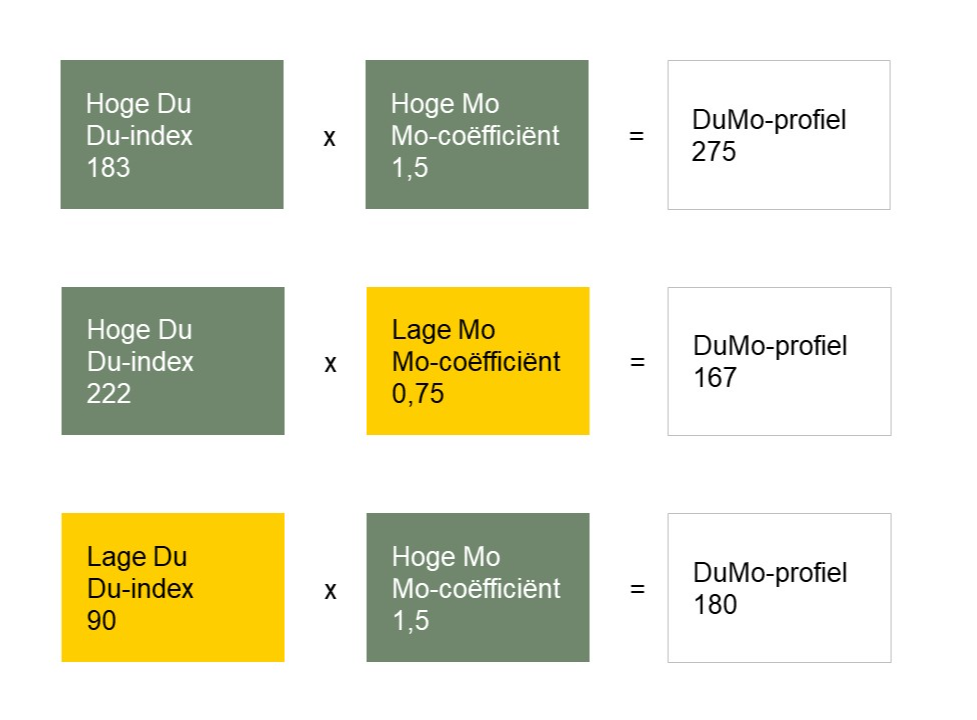DUMO, sustainable monument preservation of monumental buildings
Sustainable preservation, restoration or redevelopment of monumental buildings always requires customization. There are no standard measures or interventions to indicate. What is an excellent solution for one building may be the wrong choice for another complex. NIBE is co-author of the Handbook for Sustainable Preservation of Monuments and developer of the accompanying DuMo calculation model.
In the DuMo Handbook, 20 strategies have been elaborated with which the win-win situation can be sought within the field of tension of monument value and sustainability. NIBE advises clients such as municipalities or monument owners in this search and in translating it into concrete technical solutions.
In doing so, the expertise of both aspects, sustainability and monument conservation, is brought together to ultimately raise the quality and value of the building to a higher level. NIBE takes care of the entire process from analysis and concept development to the technical elaboration and realisation.
Sustainability interventions insightful
To draw up a DuMo calculation, the touchability of the buildings in question is assessed on the basis of the existing heritage values.
This touchability is expressed in a so-called Mo coefficient.
The sustainability performance of the buildings in question is also assessed and expressed in a so-called DuMo index.
By multiplying the Mo coefficient and the Du index with each other, the DuMo profile is created, to which a label is attached.
In order to achieve a higher DuMo label, sustainable interventions are used that lead to an increase in the Du index, with the aim that these interventions do not detract from the existing heritage values. Should this be the case, the Mo coefficient could be lower, ultimately resulting in a lower DuMo label.
Feasibility steps to follow
The DuMo method makes the trade-off between heritage values and sustainability performance using the Mo coefficient and the Du index.
The Mo coefficient maps out the touchability from a heritage perspective and is determined in collaboration with heritage experts.
Touchability refers to the extent to which a monument can be adapted on the basis of the heritage values of the entire building and/or various building components.
The Du index indicates the performance the building in question achieves with regard to sustainability. It looks at the energy consumption, water consumption and materials of the building.
The Du-index can improve or deteriorate as a result of new interventions.
The same applies to the Mo coefficient: if heritage values are restored, the Mo coefficient will become higher, while a decrease in the Mo coefficient means that heritage values have been lost.
Experience shows that in most cases the Du index increases, while the Mo coefficient does not change as a result of the interventions.
Using the DuMo calculation model, the DuMo profile is determined in which the Du index and Mo coefficient are multiplied by each other. With the DuMo profile, the trade-off between the sustainability performance and the heritage values becomes clear. For example, the above examples of DuMo-profiles show that making an object more sustainable does not directly result in a better DuMo-profile when it is at the expense of the existing heritage values (see DuMo-profile 167). By multiplying the two, the sustainability performance of a monument can also be compared to other monuments.

Win-win for cultural heritage
NIBE has now investigated more than 70 monuments according to the DuMo method and advised clients on how to make monumental buildings more sustainable and preserve their monumental value for the future.
We will be happy to advise you on how to make your monumental building more sustainable. Please contact us at dumo@nibe-sustainability-experts.com.